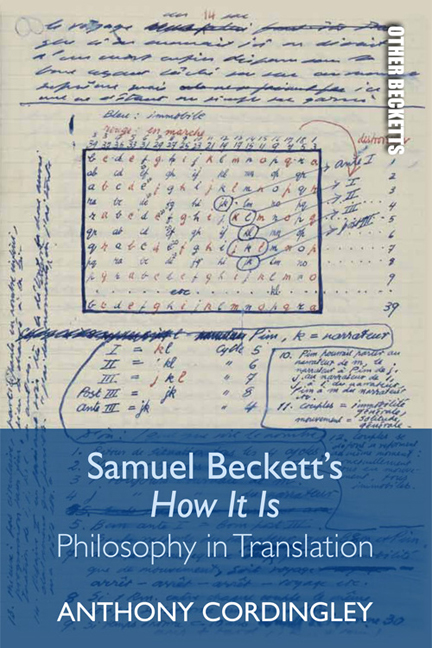Book contents
- Frontmatter
- Contents
- List of Illustrations
- Series Editor’s Preface
- List of Abbreviations
- Dedication
- Introduction
- 1 A Poetics of Translation: Dante, Goethe and the Paideia
- 2 Pythagorean Mysticism/Democritean Wisdom
- 3 The Physical Cosmos: Aristotelian Dialectics
- 4 From the Cradle to the Cave: A Comedy of Ethics from Plato to Christian Asceticism (via Rembrandt)
- 5 Mystic Paths, Inward Turns
- 6 Pasca l’s Miraculous Tongue
- 7 Spinoza, Leibniz or a World ‘Less Exquisitely Organized’
- Acknowledgements
- Bibliography
- Index
7 - Spinoza, Leibniz or a World ‘Less Exquisitely Organized’
Published online by Cambridge University Press: 23 April 2021
- Frontmatter
- Contents
- List of Illustrations
- Series Editor’s Preface
- List of Abbreviations
- Dedication
- Introduction
- 1 A Poetics of Translation: Dante, Goethe and the Paideia
- 2 Pythagorean Mysticism/Democritean Wisdom
- 3 The Physical Cosmos: Aristotelian Dialectics
- 4 From the Cradle to the Cave: A Comedy of Ethics from Plato to Christian Asceticism (via Rembrandt)
- 5 Mystic Paths, Inward Turns
- 6 Pasca l’s Miraculous Tongue
- 7 Spinoza, Leibniz or a World ‘Less Exquisitely Organized’
- Acknowledgements
- Bibliography
- Index
Summary
To read How It Is closely is to engage in the intensive hermeneutic activity usually associated with reading poetry, and poetry of the erudite, modernist kind. It reconstitutes the discourse lost to the gaps between surviving fragments of the narrator/narrated's ratiocination, and obliges the reader to participate in the writing process. My final chapter explores how this process is thematised through an engagement with mathematics, and especially the problem of the infinitesimal ‘gap’ (see Chapter 2) that the calculus of Newton and Leibniz resolved. Many rationalist philosophers understood mathematics as a symbolic system that represented eternal truths of humanity's relationship to God. One paradigm immediately evident in Part 3 of How It Is is the attempt to construct a cosmology that resembles the mechanistic universe of seventeenth-century rationalism. The narrator/narrated becomes hopelessly embroiled in his elaborate but confused ‘formulation’, the chain of bodies locked in a perpetual cycle of meeting, colliding, training, torturing and leaving one other. Working through the relationship between Occasionalist ideas and his attraction to pantheistic or mystical solutions to his predicament he touches on Spinoza (see Chapter 5). I now return to How It Is and Spinoza's Ethics, to discover a deep affinity between Beckett's text and Spinoza's uncompromising attack on the Judeo-Christian transcendentalism and anthropomorphism that informs a counter-narrative to the transcendentalism that powers the will of the ‘I’ to ascend to the light. I examine the crucial influence of Leibniz's Monadology and his theory of perception and knowledge, and I suggest his calculus of infinitesimals as a source of the vocabulary of philosophical concepts that Beckett drew on to reconfigure into an original, poetic order many of the problems witnessed in my previous chapters. Such interrogations of the nature of reality and the divine, and the claim to represent mathematically the relationships between them, offered Beckett a language to express the complex and often paradoxical aesthetic questions of authorship, character and textuality.
The Spinoza ‘Solution’
Beckett's library contained, at his death, an English translation of Spinoza's Ethics, their first nineteen pages heavily marked up and annotated.
- Type
- Chapter
- Information
- Samuel Beckett's How It IsPhilosophy in Translation, pp. 220 - 264Publisher: Edinburgh University PressPrint publication year: 2018

